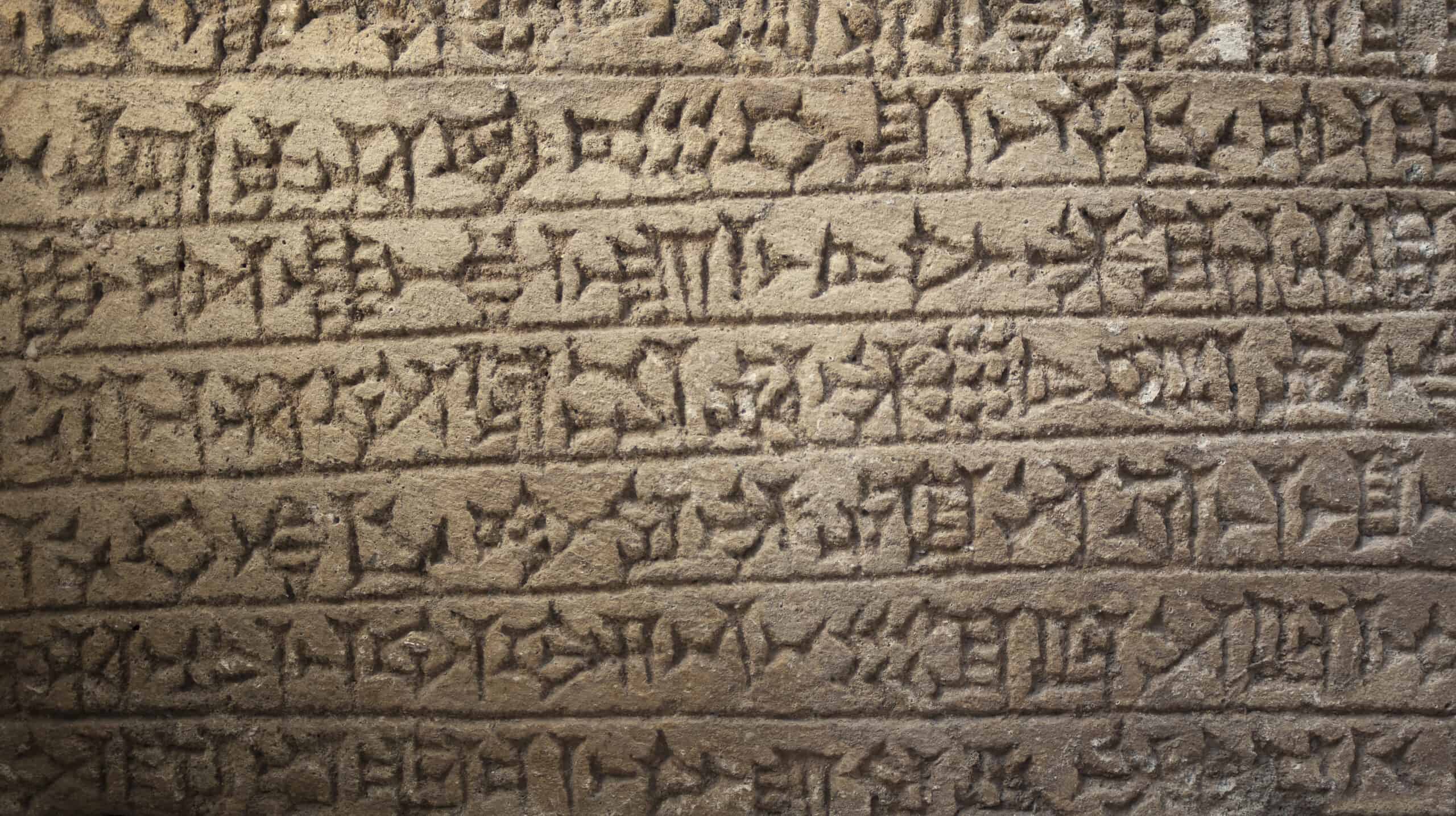Calligraphy, the art of beautiful writing, has a rich history spanning centuries and cultures. While many people are familiar with popular styles like modern script and Gothic lettering, there are countless other calligraphy styles that have faded into obscurity over time. These forgotten scripts, once essential in religious manuscripts, official documents, and everyday communication, offer a glimpse into the diverse ways people have expressed themselves through the written word. In this article, we’ll explore 11 of these forgotten calligraphy styles that deserve a comeback, each with its own unique charm and historical significance. Whether you’re a seasoned calligrapher or simply curious about the art form, these styles are worth rediscovering for their beauty, craftsmanship, and the stories they tell.
Uncial Script
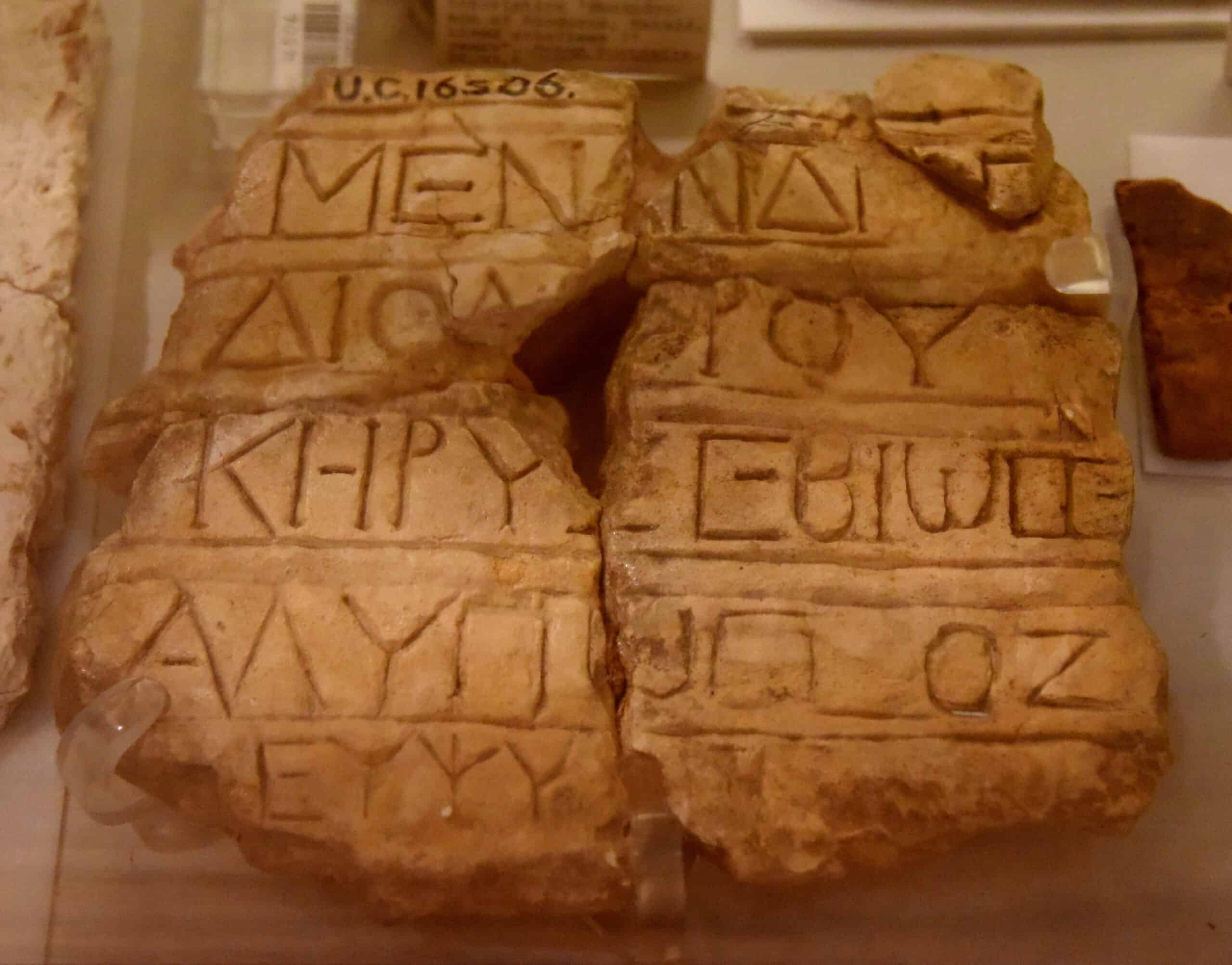
Uncial Script, prominent from the 3rd to 8th centuries, is an ancient style primarily used in Latin and Greek manuscripts. Its rounded, uppercase letters gave it a distinct, uniform appearance that was both elegant and highly legible. Uncial was a preferred script for religious texts, including some of the earliest Christian Bibles. The script’s simplicity and clarity made it accessible to scribes across various regions, contributing to its widespread use in ecclesiastical and literary works. Despite its historical significance, Uncial has largely fallen out of use, overshadowed by more complex scripts that developed later. However, its straightforward design, combined with a subtle elegance, makes it a prime candidate for revival in modern calligraphy. It offers a unique blend of history and aesthetic appeal that can add a classical touch to contemporary design projects, whether in religious texts, educational materials, or decorative purposes. Reintroducing Uncial Script could reconnect us with a crucial period in the history of written language, bringing back a style that is as functional as it is beautiful.
Rustic Capitals

Rustic Capitals, a script from the 1st to 6th centuries, were a staple of Roman writing, especially for informal and everyday use. This script is characterized by its compact, efficient letterforms, designed to be quickly written on papyrus. Despite its rough and ready appearance, Rustic Capitals were widely used for a range of documents, from administrative records to literary works. The script’s straight, angular strokes allowed for speed without sacrificing legibility, making it an essential tool for Roman scribes. Over time, however, Rustic Capitals were replaced by more refined scripts as the need for decorative and formal writing increased. Today, Rustic Capitals are largely forgotten, but they offer a raw, authentic aesthetic that could appeal to modern calligraphers seeking a style that blends historical significance with a rugged, practical beauty. Reviving Rustic Capitals could bring a touch of ancient Rome into contemporary projects, providing a direct link to the everyday lives of people from a distant past.
Merovingian Script

Merovingian Script, used in the Frankish Kingdom during the 7th to 9th centuries, is notable for its irregular, angular shapes that reflect the cultural and political turbulence of the early medieval period. This script was commonly employed in religious texts, contributing to its association with the Christian Church in early Europe. Unlike the more uniform and formal scripts that followed, Merovingian Script has a raw, almost primitive appearance, making it a fascinating style for those interested in the history of European calligraphy. Its erratic forms suggest a time when writing was still evolving, making each manuscript a unique piece of art. Although Merovingian Script fell out of favor with the rise of more standardized scripts like Carolingian Minuscule, its distinct, expressive style makes it worthy of a comeback. For modern calligraphers, Merovingian Script offers a way to explore the roots of European script and bring a touch of medieval mystery and individuality to their work.
Carolingian Minuscule
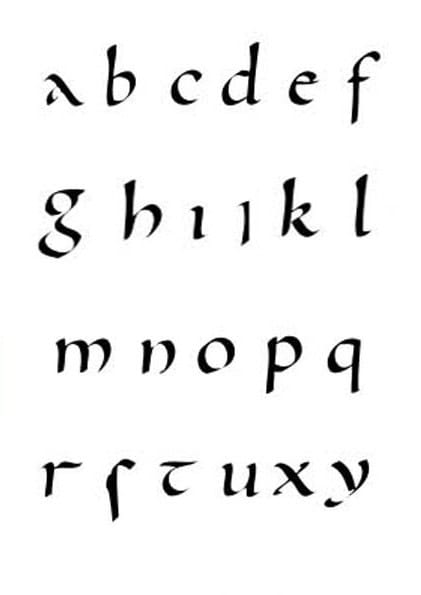
Developed during the reign of Charlemagne in the 8th and 9th centuries, Carolingian Minuscule was a groundbreaking script designed for clarity and uniformity. It played a central role in the Carolingian Renaissance, a revival of classical learning and culture in medieval Europe. This script is the ancestor of our modern lowercase letters, and its influence can still be seen in contemporary typography. Carolingian Minuscule was designed to be easily read and widely understood, with clear, rounded letters that improved the legibility of manuscripts. Despite its historical significance and its role in shaping modern writing, Carolingian Minuscule has largely disappeared from everyday use, replaced by more modern typefaces. However, its elegant simplicity and historical importance make it a valuable script to revive. Bringing back Carolingian Minuscule could offer a way to reconnect with the roots of modern writing, providing a script that is both beautiful and highly functional for a wide range of applications, from formal documents to artistic projects.
Lombardic Capitals
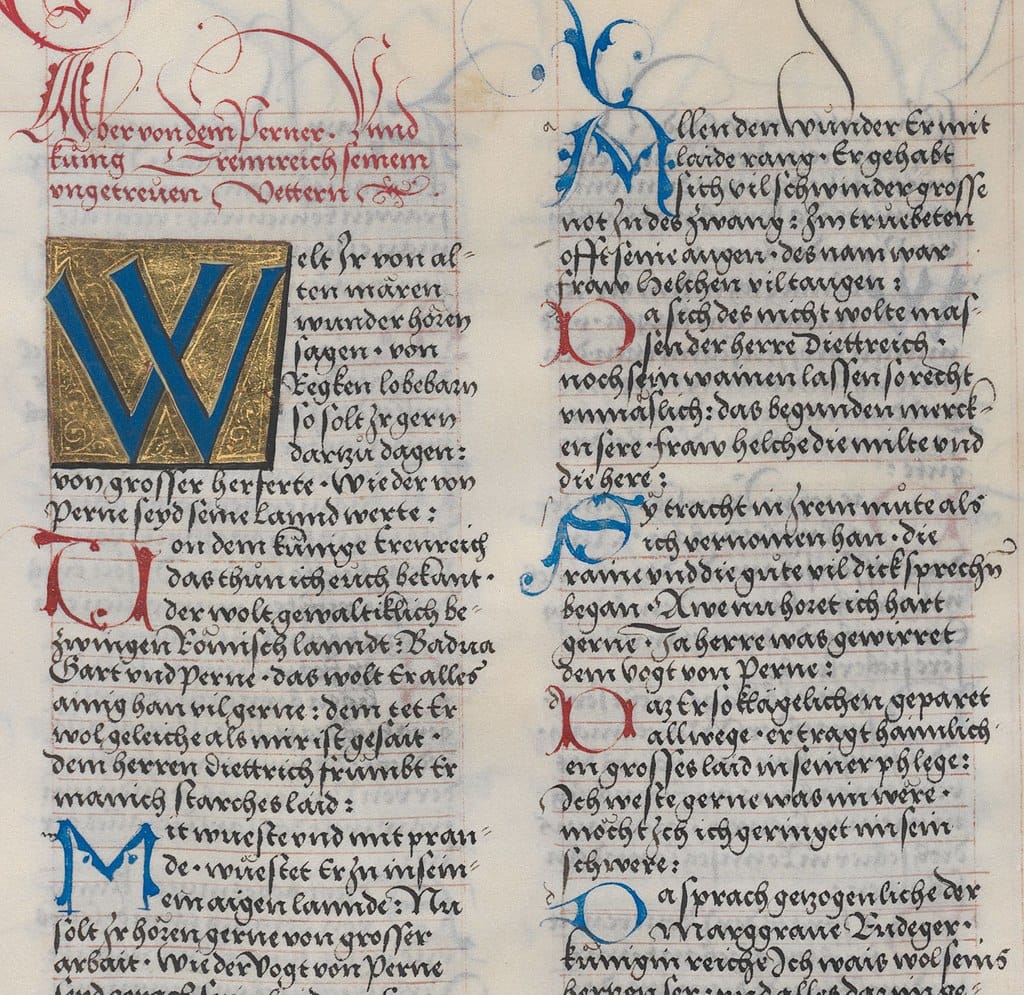
Lombardic Capitals are a decorative script that was particularly popular in Italy during the Middle Ages. This style is characterized by its ornate, elaborate capitals, which were often used to begin paragraphs or chapters in manuscripts. The script’s intricate design made it a favorite for embellishing religious texts and legal documents, adding a touch of elegance and formality to the written word. Despite its popularity in medieval times, Lombardic Capitals gradually fell out of use as simpler, more functional scripts became favored. Today, it is a largely forgotten style, but its rich decorative potential makes it a prime candidate for revival in modern calligraphy. Lombardic Capitals can add a historical and artistic dimension to contemporary projects, making them ideal for use in invitations, logos, or any design where a touch of medieval flair is desired. Reviving this script could also provide a deeper connection to the artistic traditions of the Middle Ages, offering a way to bring the beauty of historical manuscript art into the present day.
Visigothic Script

Visigothic Script, used in the Iberian Peninsula from the 7th to 13th centuries, is notable for its angular and upright letterforms. This script was primarily employed in religious manuscripts during the time of the Visigothic Kingdom and later under Muslim rule. Its unique style reflects the cultural blend of Roman, Christian, and Islamic influences in medieval Spain. The script’s bold, angular strokes give it a distinctive look that sets it apart from other contemporary scripts. Despite its long history, Visigothic Script has largely been forgotten, overshadowed by the more dominant Latin scripts of the time. However, its distinctive appearance and historical significance make it a fascinating style for modern calligraphers interested in exploring the rich cultural history of medieval Spain. Reviving Visigothic Script could provide a unique bridge between different cultural traditions, offering a fresh perspective on the evolution of writing in the medieval world.
Insular Script

Insular Script, originating in Ireland and used throughout the British Isles during the early Middle Ages, is known for its bold, rounded forms and intricate decoration. This script was widely used in the production of religious texts, including the famous Book of Kells, one of the most remarkable illuminated manuscripts in history. The script’s distinctive style, with its elaborate knotwork and detailed ornamentation, reflects the rich artistic tradition of the Celtic Church. Insular Script played a crucial role in the preservation of Christian texts during a turbulent period in European history. Despite its importance, the script gradually fell out of use as more standardized scripts became dominant. Today, Insular Script is largely forgotten, but its intricate beauty and historical significance make it a style worth reviving. For modern calligraphers, Insular Script offers a way to explore the rich artistic traditions of the early medieval period and bring a touch of Celtic artistry to contemporary projects.
Beneventan Script
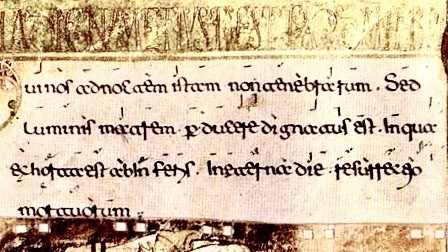
Beneventan Script, associated with the Benedictine monasteries of Southern Italy during the 8th to 13th centuries, is characterized by its small, angular letters. This script was primarily used for religious texts and reflects the disciplined, monastic life of its creators. Beneventan Script is notable for its precise, compact form, which made it ideal for the meticulous copying of manuscripts. Despite its widespread use in Southern Italy and its role in preserving many classical texts, Beneventan Script eventually declined with the rise of more legible scripts. Today, it is a largely forgotten style, but its unique appearance and historical significance make it a fascinating choice for modern calligraphers. Reviving Beneventan Script could bring a touch of medieval monasticism to contemporary projects, offering a script that combines historical depth with a distinctive aesthetic.
Humanist Minuscule
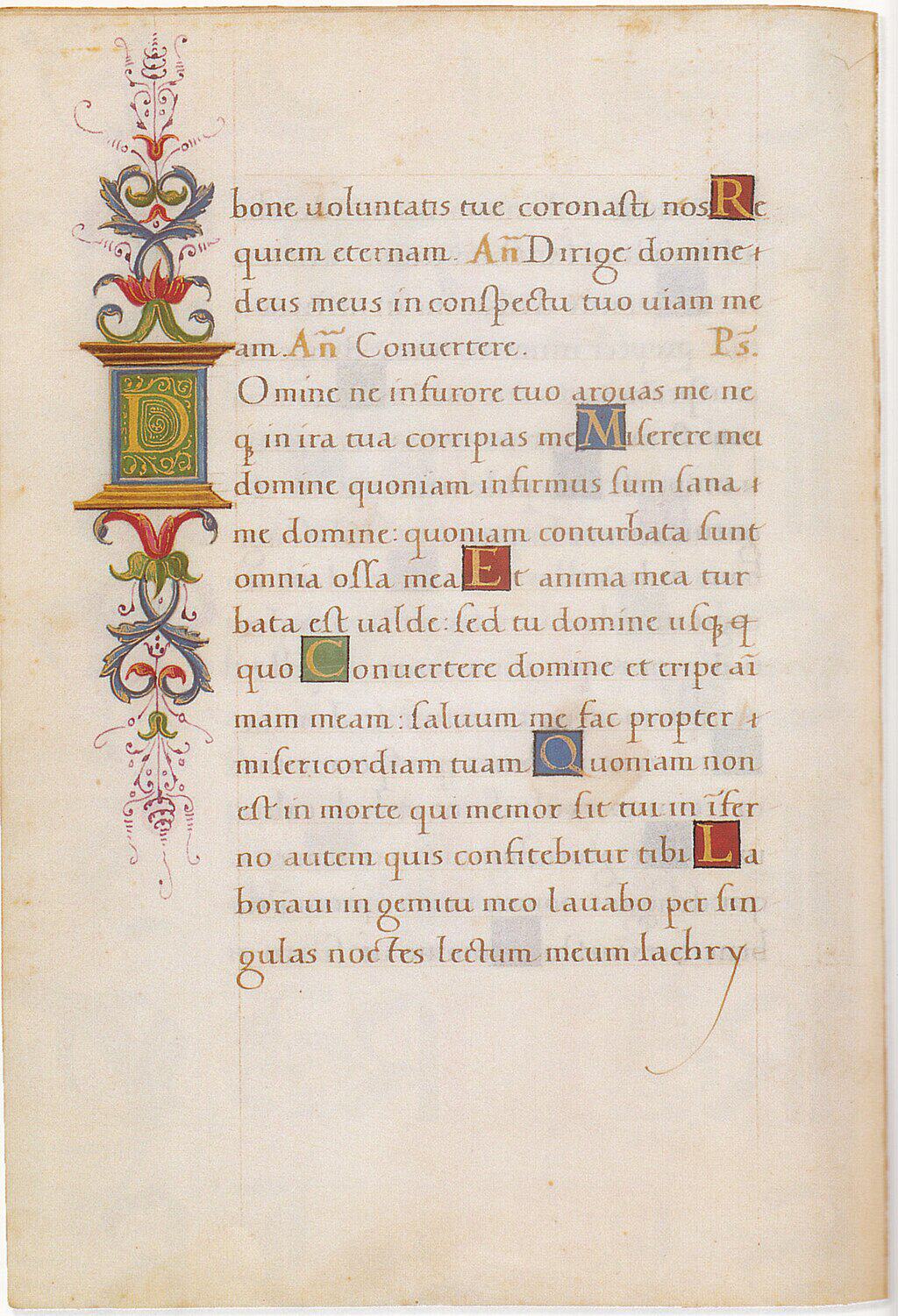
Humanist Minuscule, developed in Italy during the 14th and 15th centuries, was a Renaissance script that aimed to revive the clarity and elegance of Carolingian Minuscule. This script played a crucial role in the revival of classical learning and the development of modern typography. Its simple, clean lines influenced the design of many modern typefaces, including the popular Times New Roman. Despite its historical significance, Humanist Minuscule has largely fallen out of use, replaced by its typographic descendants. However, the script’s elegant simplicity and historical importance make it a valuable style for revival. Bringing back Humanist Minuscule in hand-lettering could reconnect calligraphers with the roots of modern typography and add a touch of Renaissance refinement to contemporary design projects, from formal documents to artistic endeavors.
Textura Quadrata

Textura Quadrata, a form of Gothic script used in Western Europe during the late Middle Ages, is known for its dense, angular letters. This script was often used in religious texts and legal documents, where its formal, rigid structure conveyed authority and solemnity. The script’s tightly packed letters, with their characteristic diamond-shaped points, create a visually striking effect that is both dramatic and authoritative. Despite its historical importance, Textura Quadrata fell out of favor as more readable scripts emerged during the Renaissance. Today, it is a largely forgotten style, but its bold, gothic aesthetic makes it a prime candidate for revival in modern calligraphy. For those seeking to add a sense of historical gravitas to their work, Textura Quadrata offers a unique and powerful visual language that harks back to the grand manuscripts of the medieval period.
Pointed Pen Calligraphy

Pointed Pen Calligraphy, characterized by its use of a pointed nib to create thick and thin strokes, was widely used in the 18th and 19th centuries for both formal and informal writing. This style, which includes Copperplate, Spencerian, and Roundhand scripts, is known for its elegance and precision. The pointed nib allows for a high degree of control, enabling the calligrapher to create intricate designs and fluid lines. However, with the advent of printing and digital typography, the use of Pointed Pen Calligraphy has significantly declined. Despite its decline, the versatility and beauty of this style make it worthy of a comeback, particularly for those interested in the art of hand-lettering and formal script. Reviving Pointed Pen Calligraphy could bring a touch of historical elegance to contemporary projects, offering a style that is both timeless and versatile.
This article originally appeared on Rarest.org.
More from Rarest.org
Habitat restoration plays a crucial role in conserving biodiversity. Many insects, facing extinction, have found hope through these efforts. Read more.
Exploring the world of ancient scripts and languages offers a glimpse into the past civilizations that once thrived. These lesser-known scripts provide invaluable insights into the cultures, beliefs, and daily lives of ancient peoples. Read more.
Exploring uncharted territories has always been a thrilling endeavor for adventurers. These brave souls document the world’s most mysterious and challenging regions, providing invaluable insights. Read more.


